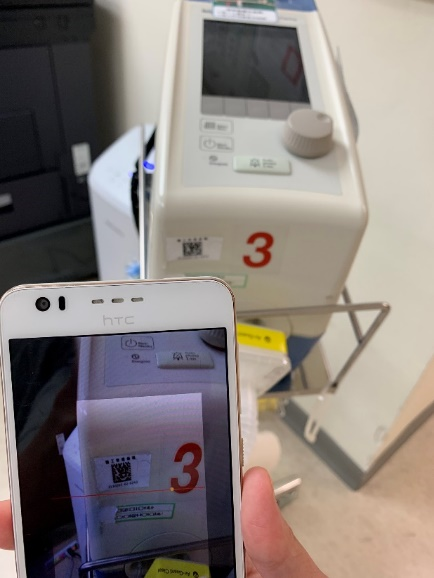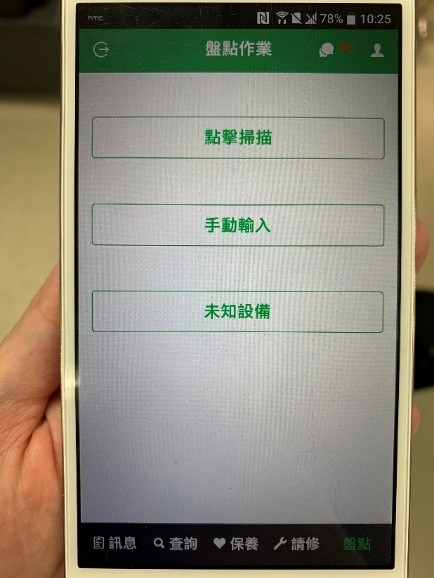Innovative Upgrade In Medical Equipment Inventory and Location Tracking: Implementing QR Code and APP Systems for Enhanced Efficiency and Management
Ming-Zhi Chen, Division Director , Dept. of Medical Engineering
Kuo-Sheng Cheng, Director, Dept. of Medical Engineering
As the number of medical devices in our hospital continues to grow—now exceeding 7,000 units and increasing annually—equipment management has become increasingly complex. Traditionally, the manual inventory process involved data exporting, filtering, printing, distribution, and verification, making it error-prone, labor-intensive, and time-consuming. The heavy reliance on paper also conflicted with our ESG sustainability goals by contributing to unnecessary resource consumption.
To address these issues, we initiated the "Medical Equipment Management System" in 2016, beginning with QR code tagging of all devices, and developing a dedicated mobile APP. This digital transformation significantly reduced paper usage and improved inventory efficiency. Instead of performing manual checks, biomedical engineering staff can now scan QR codes via the app to complete inventories and instantly report results online. This mobile-based approach streamlined workflows, minimized manual data entry errors, and shortened processing times.
With this system, we have built a comprehensive medical equipment database, allowing real-time tracking of device status and location. This capability proved especially critical during the COVID-19 pandemic, enabling the rapid deployment of essential medical devices to quarantine stations and isolation wards, ensuring that patients received prompt and effective care.
Beyond pandemic response role, the system optimizes resource allocation and budget management. We can identify devices requiring replacement or upgrades by analyzing equipment utilization data and optimizing spending. For example, a data-driven proposal from the Neurology Department resulted in cost savings of approximately 7.23 million by eliminating unnecessary purchases and reallocating existing resources efficiently.
From an environmental perspective, implementing the QR code and APP-integrated system has significantly reduced paper consumption, cutting annual printing by approximately 3,000 sheets and lowering CO₂ emissions by 54 kg while also mitigating indoor air pollution from printers.
In summary, integrating QR code and APP technology has enhanced the efficiency and accuracy of medical equipment inventory management, facilitated refined resource planning, and played a vital role in pandemic preparedness. As we expand and refine this system, we anticipate even more significant advancements in intelligent, sustainable medical equipment management, ultimately providing safer and more efficient patient care.


Figure 1 Figure 2
